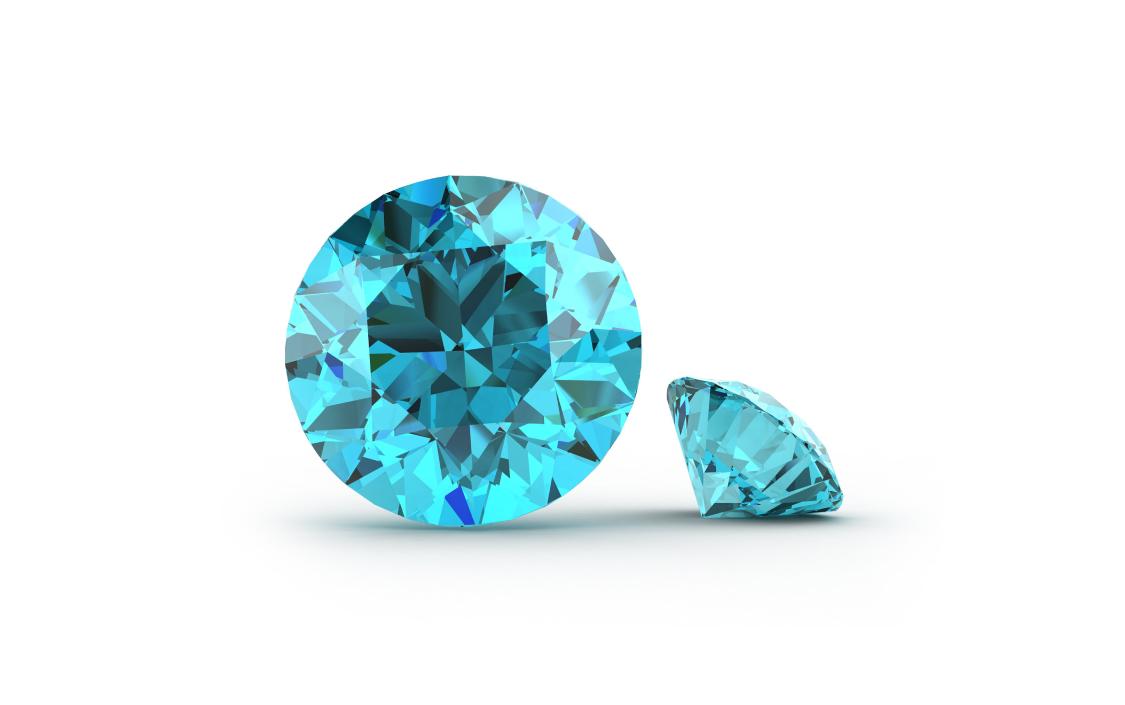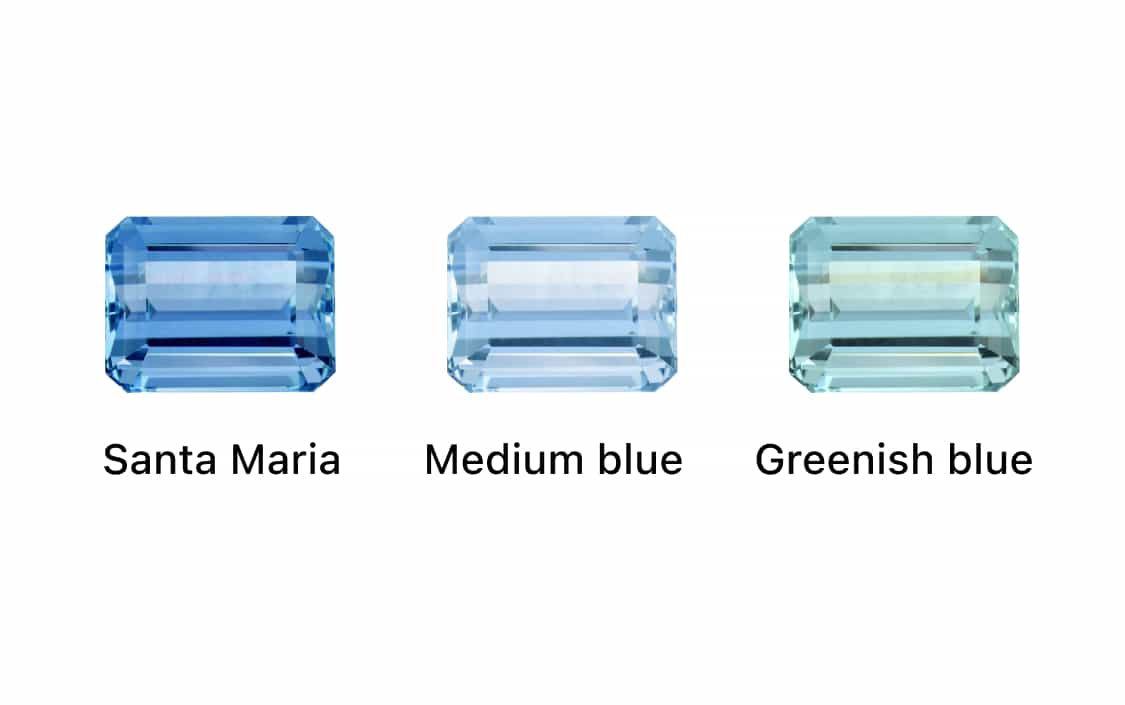Price
Retail price for 1.5-3 carats aquamarine:
Quality from high to low
Dark: $350-$1000/ct
Medium: $22-$600/ct
Light: $20-$100/ct
Main origin
The main origin of aquamarine is Brazil. While there are other significant sources of gemstone, including Madagascar, USA, Myanmar, Pakistan, and others. It’s worth noting that the quality of an aquamarine can vary greatly depending on its origin.
Imitation
Blue topaz, blue glass, blue cubic zirconia, synthetic spinel, synthetic quartz

Blue cubic zirconia
